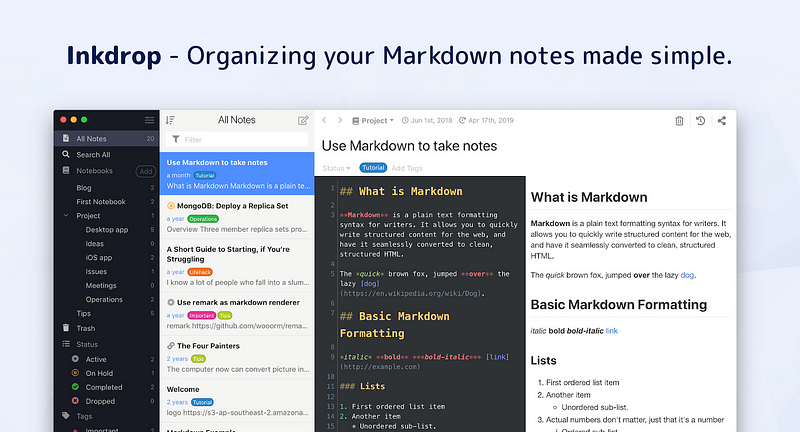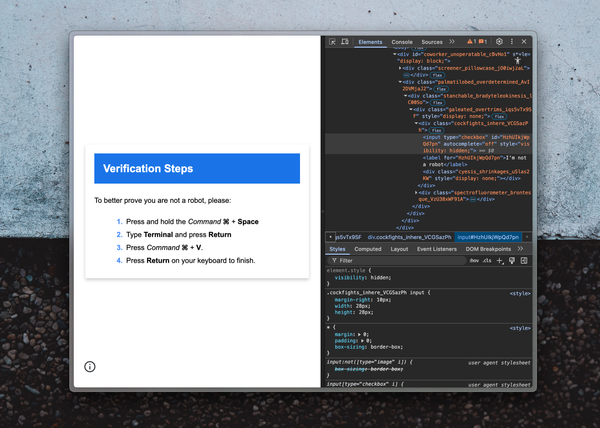A Simple Way To Run JS in Background Thread on React Native
CPU intensive tasks block UI, like indexing. Because, in React Native, JavaScript is executed on JavaScriptCore which means that you have…
CPU intensive tasks block UI, like indexing. Because, in React Native, JavaScript is executed on JavaScriptCore which means that you have only 1 thread. So you have to use a native module like react-native-workers which provides similar API as web workers. But it’s kind of an overspec way if you just want to run a simple task in background. I don’t feel like installing many native modules into my app because they would make the app more complicated and fragile. If you have an expo app, it can’t use native modules.
I found that we already have background threads out of the box. That is, WebView. You can run JavaScript in it by calling injectJavaScriptmethod. Inside webview, it is another instance of Safari(iOS)/Chrome(Android), so JS running in it won’t block the app UI at all. I checked that on both platforms by running following code:
for (;;) { Math.random() * 9999 / 7 }This is useful. You don’t have to install native modules to run code in background thread!
Here is an example:
import React, { Component } from 'react'
import { WebView } from 'react-native'export default class BackgroundTaskRunner extends Component {
render() {
return (
<WebView
ref={el => this.webView = el}
source={{html: '<html><body></body></html>'}}
onMessage={this.handleMessage}
/>
)
}
runJSInBackground (code) {
this.webView.injectJavaScript(code)
}
handleMessage = (e) => {
const message = e.nativeEvent.data
console.log('message from webview:', message)
}
}To get a result of the code, you can specify onMessage prop to your webview.
A function that is invoked when the webview calls window.postMessage. Setting this property will inject a postMessage global into your webview, but will still call pre-existing values of postMessage.window.postMessage accepts one argument, data, which will be available on the event object, event.nativeEvent.data. data must be a string.
Just call it on webview:
const message = { ok: 1 }
window.postMessage(message)Then you get the message on the app:
message from webview:, { ok:1 }That’s it! 😄






